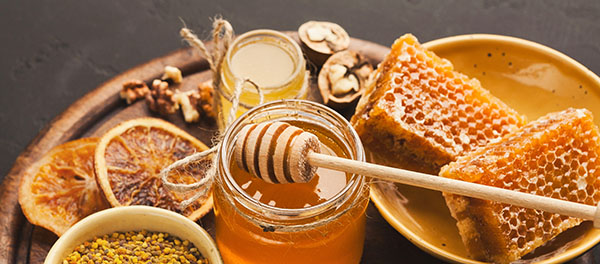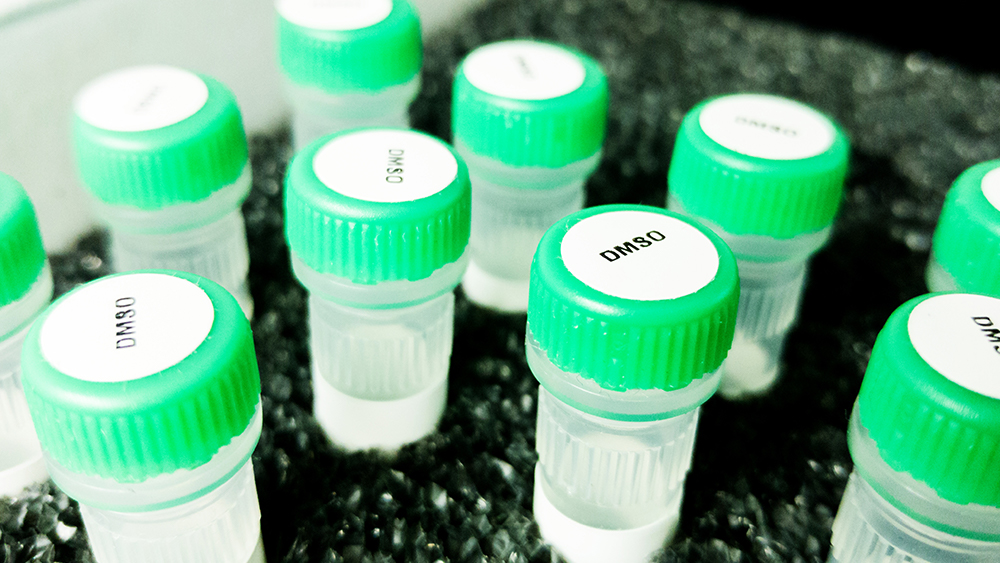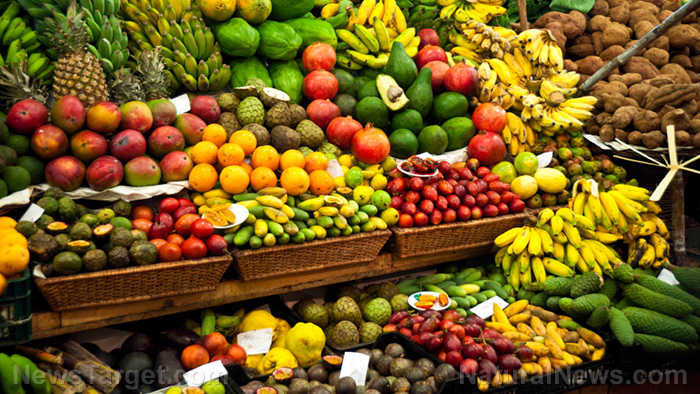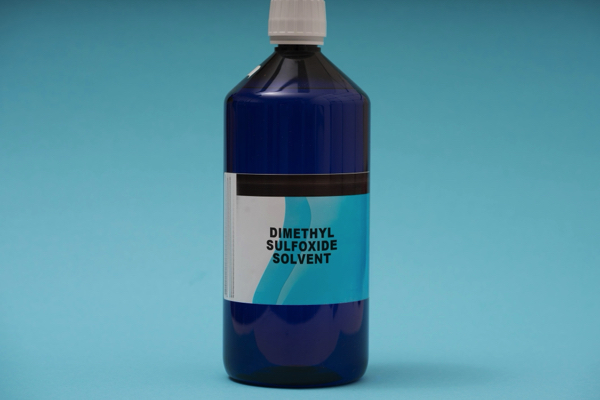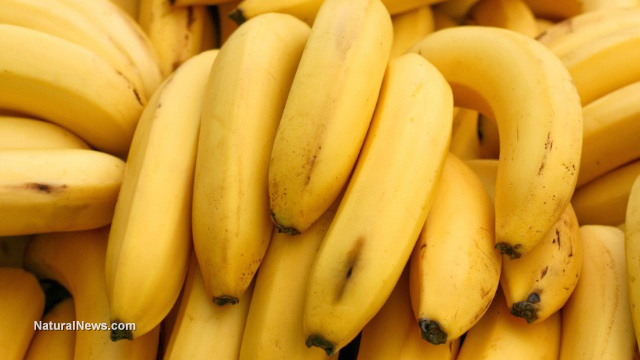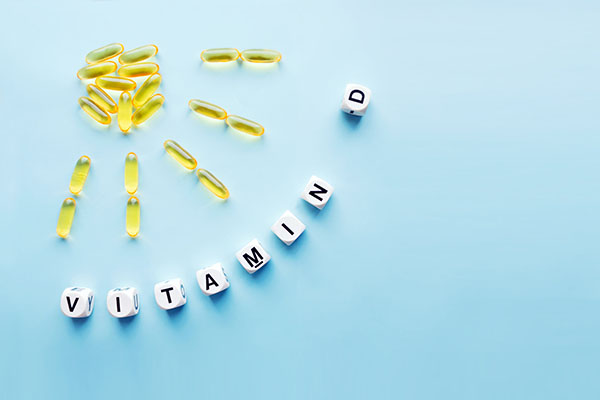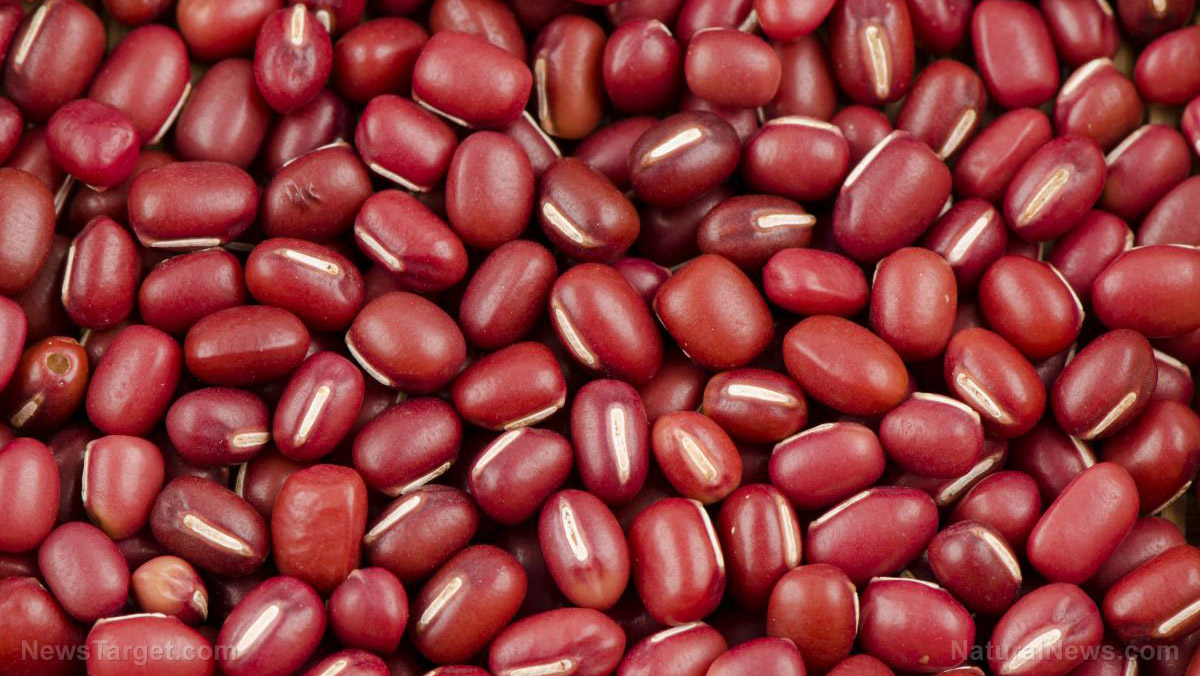Crab: The ocean’s nutrient-dense superfood with centuries of health benefits
05/25/2025 / By Ava Grace
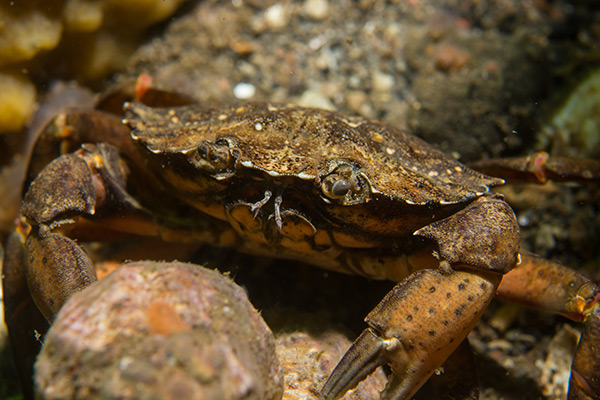
- Crabs have been a vital food source since ancient times, consumed by civilizations like the Greeks, Romans and indigenous coastal communities, with archaeological evidence dating back to the Neolithic period.
- Today, crabs are harvested worldwide, supporting a multi-billion-dollar industry. Recognized as a superfood for their dense nutrients: Protein, omega-3s, vitamins (B12), minerals (zinc, selenium) and antioxidants like astaxanthin.
- Studies link crab consumption to improved cardiovascular health, cognitive function, anemia prevention, reduced joint inflammation (via glucosamine) and enhanced immune support. Traditional medicine also uses crab extracts for healing.
- Popular species include blue, dungeness, snow, mud and king crabs, each with distinct flavors. Classic dishes range from Maryland crab cakes to Singapore chili crab, showcasing global culinary diversity.
- As modern diets shift toward processed foods, crabs offer a nutrient-rich, natural alternative to combat health issues like heart disease and inflammation, aligning tradition with scientific benefits.
Crabs have been a vital food source for coastal communities for thousands of years. Archaeological evidence suggests that crabs were consumed as early as the Neolithic period, with remnants found in shell middens across Europe, Asia and the Americas.
Ancient civilizations, including the Greeks and Romans, prized crabs for their delicate flavor and nutritional value. By the Middle Ages, crabs had become a staple in European and Asian diets, often featured in feasts and medicinal preparations.
Today, crabs are harvested globally, from the icy waters of Alaska to the tropical coasts of Southeast Asia. Major producers include the U.S., China, Indonesia and Canada, where both wild-caught and farmed varieties sustain a multi-billion-dollar industry. But beyond their culinary appeal, crabs have earned recognition as a superfood packed with essential nutrients, phytonutrients and bioactive compounds that support human health. (Related: Researchers discover “beautiful nightmare” crab with giant eyes and the shell of a lobster.)
When did crabs become a superfood?
While crabs have long been valued for their taste, their classification as a superfood emerged in the late 20th and early 21st centuries. Nutritional science uncovered their dense concentration of vitamins, minerals and omega-3 fatty acids.
Unlike processed health foods, crabs offer a natural, whole-food source of high-quality protein, selenium, zinc and vitamin B12. These nutrients are critical for immune function, brain health and metabolic regulation.
Researchers also identified the presence of phytonutrients such as astaxanthin, a powerful carotenoid antioxidant responsible for the reddish hue in cooked crab shells. Astaxanthin has been linked to reduced inflammation, improved cardiovascular health and protection against neurodegenerative diseases. Additionally, crabs contain taurine, an amino acid that supports heart and eye health, making them a functional food with therapeutic potential.
Common names and varieties
Crabs are known by various regional names, reflecting their global culinary significance:
- Blue crab (Callinectes sapidus): Found in the Atlantic, prized for its sweet, tender meat.
- Dungeness crab (Metacarcinus magister): A Pacific Northwest favorite with a slightly nutty flavor.
- Snow crab (Chionoecetes opilio): Harvested in cold northern waters, known for its long legs and delicate taste.
- Mud crab (Scylla serrata): Common in Southeast Asia, valued for its rich, buttery flesh.
- King crab (Paralithodes camtschaticus): The largest and most luxurious, with a robust, briny sweetness.
How is crab used as a healing food?
In traditional medicine systems, crab has been utilized for its restorative properties. Chinese herbalists historically used crab shell extracts to treat bruises and swelling, while coastal indigenous communities consumed crab broth to strengthen bones and improve vitality. Modern naturopathy continues to embrace crab-derived supplements, such as glucosamine for joint health and astaxanthin capsules for antioxidant support.
Numerous studies suggest that incorporating crab into a balanced diet may help prevent or manage several health conditions:
- Cardiovascular disease: The omega-3 fatty acids EPA and DHA in crabs reduce triglycerides and lower blood pressure, decreasing the risk of heart disease.
- Cognitive decline: High levels of vitamin B12 and choline support brain function and may slow age-related memory loss.
- Anemia: Rich in iron and copper, crabs aid in red blood cell production, combating fatigue and weakness.
- Joint inflammation: Glucosamine, naturally occurring in crab shells, promotes cartilage repair and eases arthritis symptoms.
- Immune support: Zinc and selenium enhance immune response, helping the body fend off infections.
Appearance and taste profile, plus popular crab recipes
Crabs exhibit a hard exoskeleton, ranging in color from deep blue to reddish-brown, depending on the species. When cooked, their shells turn a vibrant orange-red due to astaxanthin activation. The meat itself is tender, slightly sweet and briny, with a texture that varies from flaky (in white meat) to creamy (in brown meat).
In 19th century Maryland, the blue crab became a lifeline for struggling fishing communities during harsh winters. Locals relied on crab soups and stews to sustain themselves when other food sources were scarce. This tradition evolved into Maryland’s famed crab cakes, now a symbol of regional pride and resilience.
Here are some popular recipes that feature crab:
- Classic crab cakes: Lump crab meat mixed with breadcrumbs, egg and Old Bay seasoning, pan-fried to golden perfection.
- Singapore chili crab: Stir-fried crab in a spicy, tangy tomato-based sauce, served with mantou buns.
- Crab bisque: A creamy, rich soup made with crab stock, sherry and a touch of cream.
- Crab-stuffed mushrooms: Mushroom caps filled with a mixture of crab, cream cheese and herbs, baked until bubbly.
- Thai crab fried rice: Jasmine rice stir-fried with crab meat, fish sauce and fresh herbs for a fragrant dish.
Why this matters today
As modern diets shift toward processed foods, rediscovering nutrient-dense superfoods like crab offers a sustainable way to enhance health. With rising concerns over heart disease, cognitive decline and inflammation, crabs provide a natural, delicious solution backed by centuries of tradition and cutting-edge science.
By embracing crab as a superfood, consumers can enjoy both its exquisite taste and its profound health benefits – proving that some of the best medicine comes from the sea.
This story is not medical advice and is not intended to treat or cure any disease. Always consult with a qualified naturopathic physician for personalized advice about your specific health situation or concern.
Visit NaturalNews.com, a great article source where you can learn about superfoods and their health benefits.
You can also try Brighteon.ai, an AI model created by Mike Adams, also known as the Health Ranger. This model is available as a free download to be run locally and is designed to help share and decentralize knowledge. By doing so, it aims to bypass censorship and empower people with knowledge.
If you’re looking for an uncensored video free speech website where you can openly discuss nutrition, natural medicine, ingredients and more, check out Brighteon.com and out two free speech social media sites, Brighteon.io and Brighteon.social.
Watch this video about how to eat a Maryland blue crab properly.
This video is from the Island Sailor channel on Brighteon.com.
More related stories:
Big Pharma is bleeding horseshoe crabs dry to meet growing demand for vaccine.
Drowning in plastic: Hermit crabs are turning plastic waste into homes that are killing them.
Sources include:
Submit a correction >>
Tagged Under:
alternative medicine, antioxidants, astaxanthin, crab, Cures, food cures, food is medicine, food science, health science, ingredients, natural cures, natural health, natural medicine, remedies
This article may contain statements that reflect the opinion of the author

